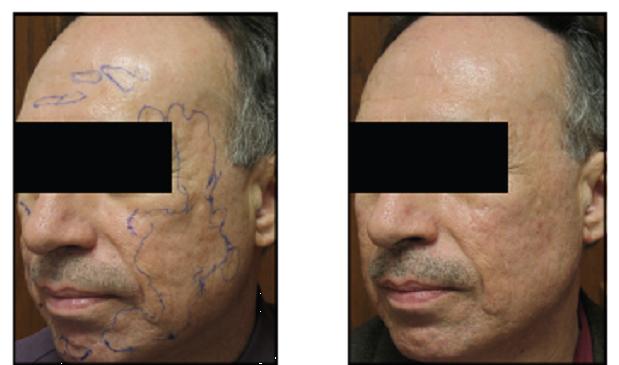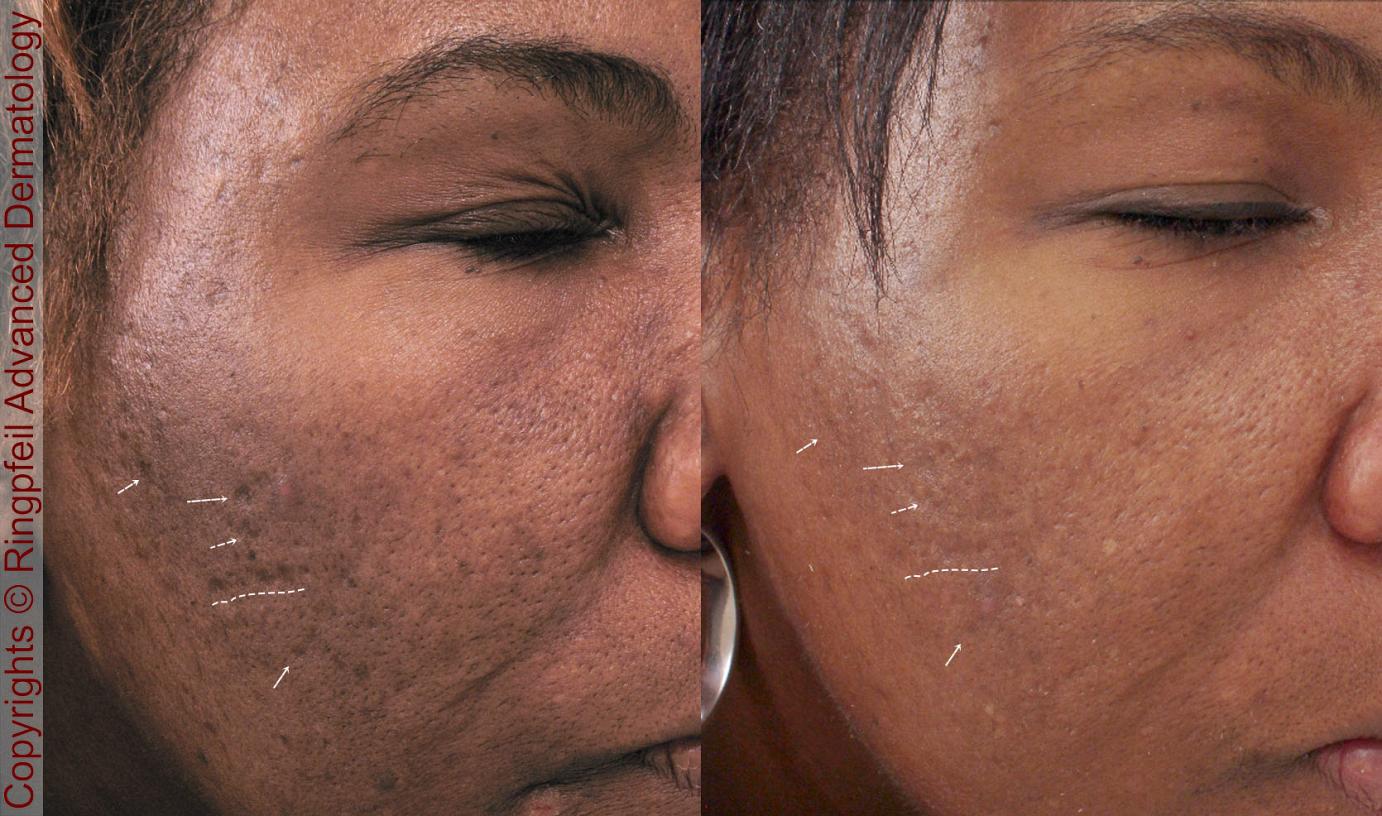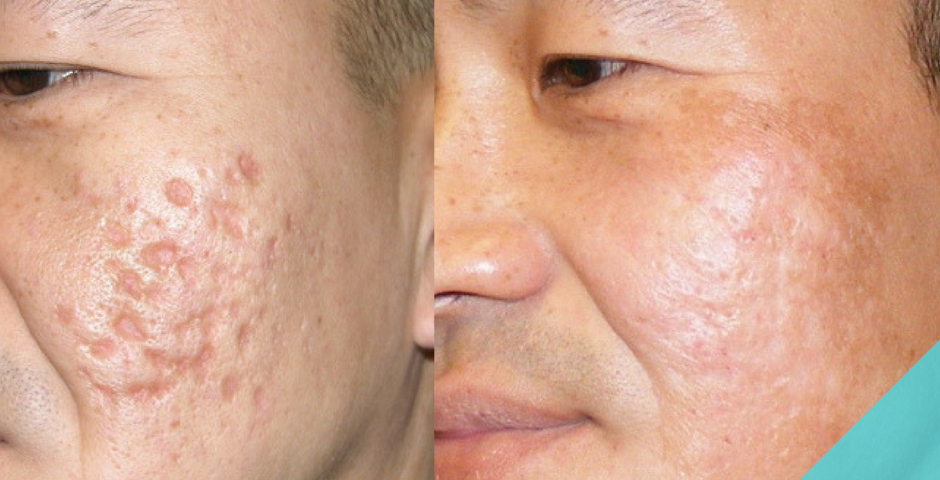Targeted Acne Scars Treatment: Accomplish Smooth, Also Complexion
Targeted Acne Scars Treatment: Accomplish Smooth, Also Complexion
Blog Article
Recognizing the Numerous Skin Problem and Effective Therapy Alternatives for Acne Marks
Acne scars represent a complicated interplay of skin conditions that significantly impact individuals' self-confidence and general skin health and wellness. As we check out the landscape of acne mark administration, it ends up being obvious that the trip towards more clear skin may include even more than simply topical remedies.
Kinds Of Acne Marks

On the other hand, hypertrophic marks result from an overflow of collagen during the healing procedure, resulting in elevated areas on the skin. These marks are often solid and can differ in color, occasionally showing up red or darker than the bordering skin.
Recognizing these kinds of acne scars is crucial for creating a reliable therapy plan - acne scars treatment. Choices might consist of chemical peels, laser therapy, microneedling, or facial fillers, customized to the certain mark type. A thorough consultation with a skin doctor can aid determine one of the most proper treatment, taking into account the individual's skin type, scar intensity, and total skin health
Causes of Acne Scarring
Scarring happens as an outcome of the body's all-natural recovery response to inflammation and injury created by acne lesions. When acne kinds, it activates an inflammatory response, causing the release of various cytokines and development factors that advertise recovery. Nevertheless, this process can sometimes bring about extreme cells formation or inadequate fixing, leading to marks.
The primary sources of acne scarring include the extent of the acne itself, period of the lesions, and private skin kinds. Serious inflammatory acne, such as blemishes and cysts, is much more likely to cause scarring as a result of much deeper cells damage. Additionally, improper handling of acne sores, such as selecting or pressing, can exacerbate cells injury and swelling, enhancing the possibility of scarring.
Genetic predisposition also plays a significant duty; people with a family members background of scarring go to a greater threat. Skin kind and color can influence mark development, as darker skin tones might experience post-inflammatory hyperpigmentation, while lighter skin might create atrophic scars.
Ultimately, understanding these reasons is essential in taking care of acne and minimizing the capacity for scarring.

Treatment Choices for Scarring
Reliable treatment options for acne scarring vary depending on the kind and intensity of the scars. Typically categorized into atrophic, hypertrophic, and keloid scars, these conditions call for customized strategies for optimum outcomes.
For atrophic marks, which are identified by a loss of cells, therapies such as chemical peels, microdermabrasion, and laser treatment are commonly utilized. These approaches promote skin revival and boost collagen production, consequently enhancing skin texture. Subcision, a minimally intrusive procedure, can also work by damaging up fibrous bands under the skin.
Keloid and hypertrophic scars can be a lot more challenging to treat. Choices consist of corticosteroid injections to lower swelling and squash the marks. In some cases, cryotherapy or laser therapy may be recommended to minimize their look.
Surgical options are readily available for severe scarring, where excision or skin grafting might be necessary. It's essential for individuals to talk to a skin specialist to analyze their particular mark type and go over one of the most suitable therapy strategy. Combining numerous therapies usually produces the very best end results, making sure that each person's distinct skin problem is dealt with properly.
Natural Home Remedy and Natural Solutions
Natural remedies and home remedies can supply an accessible method for individuals looking for to boost the appearance of acne scars (acne treatment for sensitive skin). Numerous active ingredients found in the home cooking area have actually shown prospective advantages in boosting skin texture and advertising healing

One more effective alternative is lemon juice, which functions as a natural exfoliant and can lighten hyperpigmentation. Nonetheless, it must be used cautiously, as it might trigger photosensitivity. Oatmeal masks are also advantageous; their mild exfoliation can help eliminate dead skin cells while relaxing irritation.
Essential oils, such as tea tree oil and lavender oil, can additionally support scar recovery due to their antimicrobial buildings. It is vital to perform a patch examination before applying any kind of remedy to make sure there are no adverse reactions. These all-natural solutions can be a complementary click to read strategy in the journey to reduce acne marks.
Avoiding Future Scarring
Taking on a proactive method to skin care can linked here significantly minimize the risk of establishing future acne marks. Among the essential approaches is to handle acne properly as it occurs. This entails utilizing non-comedogenic skin care products and medications recommended by skin doctors that target acne without irritating the skin. Routine cleansing, exfoliation, and hydration can aid keep skin health and stop clogged pores.
Furthermore, staying clear of the temptation to squeeze or pick acne sores is crucial, as this can bring about swelling and succeeding scarring. Rather, people ought to concentrate on using topical treatments that promote recovery and decrease inflammation. Ingredients such as salicylic acid, benzoyl peroxide, and retinoids are known for their effectiveness in managing acne and decreasing scars.
Sun defense is another important component; exposure to UV rays can hinder and darken scars healing. Using a broad-spectrum sunscreen daily can alleviate these results.
Finally, keeping a healthy diet plan rich in anti-oxidants and remaining moisturized supports skin regeneration. By carrying out these safety nets, people can considerably reduce their risk of future scarring and promote overall skin health.
Conclusion
Finally, a comprehensive understanding of acne scars, incorporating both atrophic and hypertrophic types, is vital for efficient therapy methods. Tailored interventions, consisting of expert treatments and natural remedy, can substantially boost skin appearance and texture. Safety nets also play a vital role in lessening future scarring. Assessment with a dermatologist stays imperative to develop personalized techniques that think about individual skin kinds and mark extent, ultimately improving the effectiveness of mark management methods.
Acne scars represent link a complex interaction of skin problems that dramatically effect individuals' self-worth and overall skin health and wellness. The 2 key groups of acne scars are atrophic and hypertrophic scars. These scars are more classified into 3 subtypes: ice pick marks, which are narrow and deep; boxcar scars, which are bigger and have distinct edges; and rolling marks, which produce a wave-like appearance due to unequal skin structure.
A thorough consultation with a skin doctor can aid establish the most suitable intervention, taking right into account the individual's skin type, mark intensity, and total skin health.
Appointment with a dermatologist remains essential to create customized techniques that think about private skin kinds and mark extent, ultimately improving the effectiveness of scar administration techniques.
Report this page